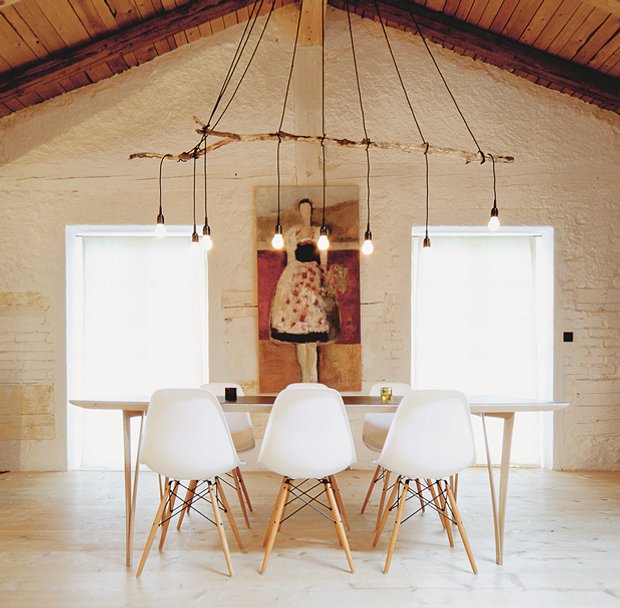
Why DIY dates back to the Bauhaus movement
The author of our Do It Yourself Book talks us through the undercurrents of a 'new' designer DIY revolution
Germany is not only a great manufacturing nation, it is also a country of manufacturers. That’s Thomas Bärnthaler’s claim. “we are the country that invented the car, we have a long tradition of craftsmanship,” says the writer, editor and author of our new book, Do It Yourself. “It is a tradition that does back to the Bauhaus movement, even further I think. This sense of optimising things, improving and doing it yourself, I think it’s very prevalent here.”
So, it shouldn't come as a surprise to learn that our new design compendium, Do It Yourself, began as a project on Thomas' desk in Munich. Bärnthaler, a design expert, is also the editor of the German newspaper supplement Süddeutsche Zeitung Magazin. He and his team often ask creative people to do something special for them. In their Ai Weiwei feature, the magazine arranged for the artist to answer questions about his life in China not in words but by shooting photographs, while the architecture practice Graft made a gingerbread house for the supplement's Christmas issue.
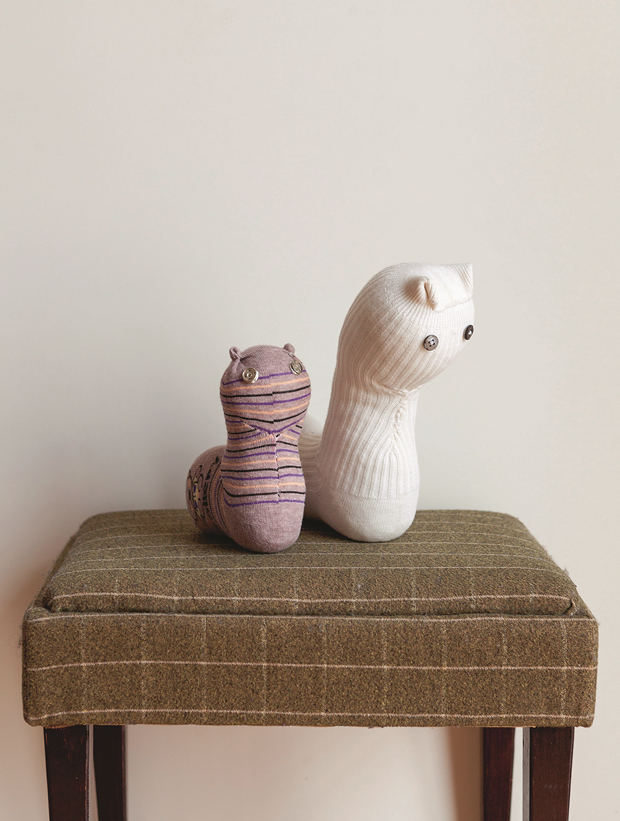
In late 2011, Bärnthaler and his team approached a few prominent designers, asking each to draft out a piece that readers could make at home. “It proved easier than we thought,” Bärnthaler says. “We asked maybe ten and six immediately responded: Ingo Maurer, Konstatin Grcic, and three or four others.”
Although one or two designers supplied plans for an existing creation of theirs, most created something new, sometimes from whatever objects were closest to hand.
“When we asked Martino Gamper, he was in New Zealand with his parents-in-law,” Bärnthaler says. “He made his Paletti chair out of a pallette he found in their garden.”
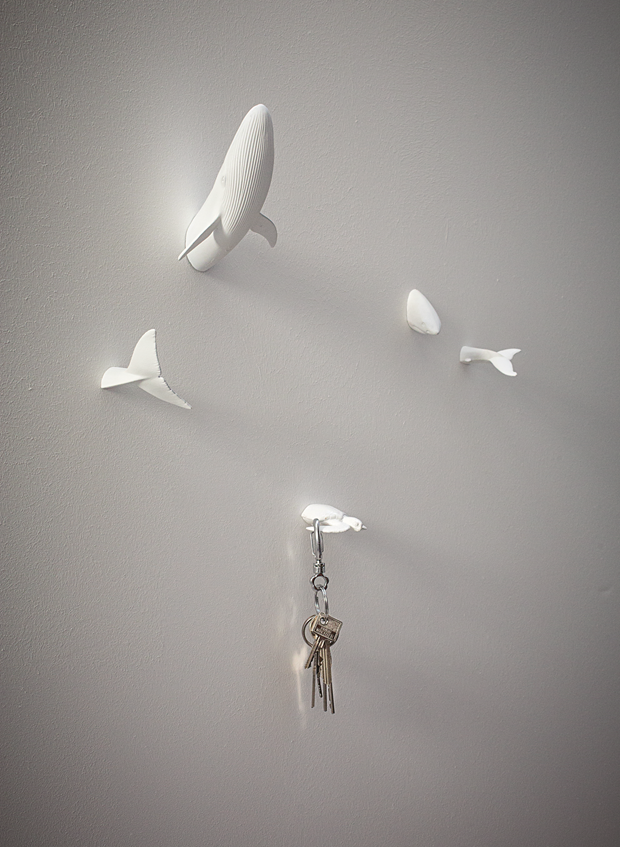
Bärnthaler's readers were equally enthusiastic, not only making the pieces featured, but also writing in with photographs, queries, adaptations, and further suggestions.
“Hella Jongerius’ Penguin was picked up by many school classes. We received lots of photos of penguins done by kids.”
What began as a regular newspaper column grew into a book, featuring do-it-yourself lights, shelves and other furnishings from such well-known international designers and artists, such as Ross Lovegrove, John Baldessari, and the aforementioned artist, Ai Weiwei.
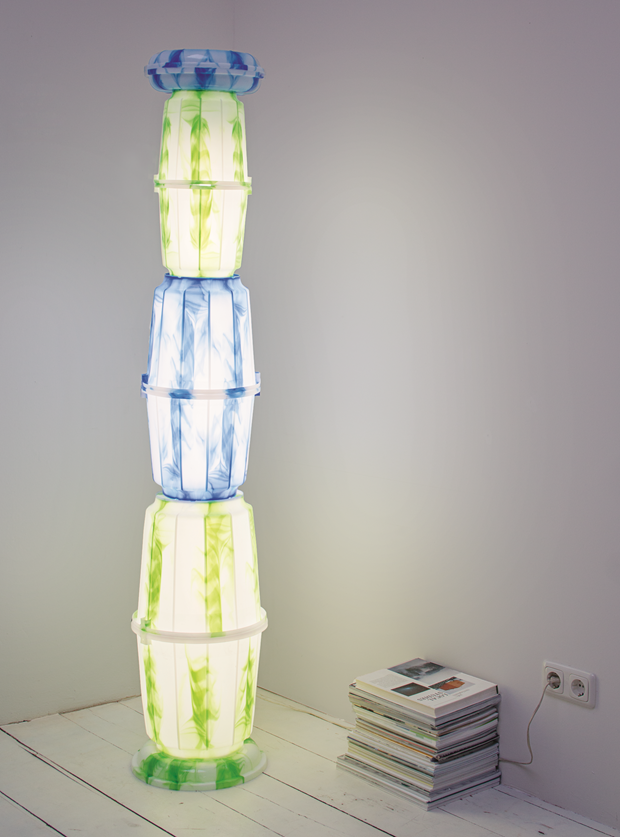
Did the DIY project capture a more general trends? “I think there was something in the air,” Bärnthaler says. “There's the success of [craft sale site] Etsy and you can find hundreds of Pinterest boards with all kinds of do-it-yourself ideas on them. Designers were really keen to democratise the subject. I think if we had asked them 20 years ago, they would have responded differently.”
In Bärnthaler's view, some of this new-found interest comes from a want to resist mass production and consumption. “People want to be more than just customers. They didn’t want to just buy something and if it breaks, throw it away and buy a new thing,” he says.
Some of the designs might look daunting, yet Bärnthaler says that most readers are surprised by how easy making stuff can be. “Some thought it would prove too difficult, and then were surprised by how good it felt to make something.”

Perhaps more importantly, the process of self-manufacture connects people to both the objects in their homes and the practice of design and creation more broadly.
“It connects you with things around you,” he says. “The world of design can only be understood by doing it.”
Of course Bärnthaler isn't suggesting amateurs create every object in their homes. “I would never make a couch or a dining table,” he says, “but a nice shelf or a coffee table, or a lamp, that's great. They’re like accessories to an existing interior.”
And can readers alter the book's designs, if they see fit? “Of course they should. Almost all the designers have said that readers should make it their own.”
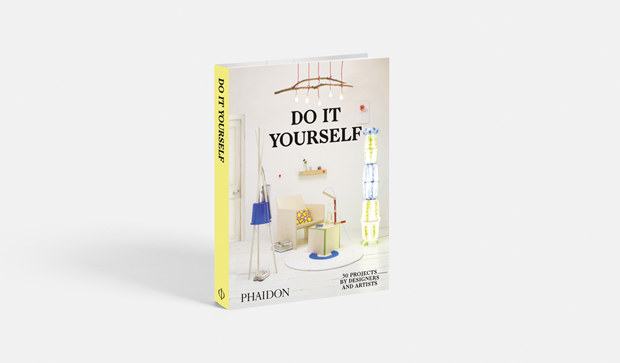
So, if you choose to make Ai Weiwei's Caonima from a pair of tights rather than an old sock, or accidentally misalign the tubs Lovegrove's Fatto di Giorno, don't think of it as a unsanctioned alteration, but a designer collaboration between you and one of today's great creatives.
You can order Do It Yourself here, read an introduction here; and please check back soon for more news on this great title.